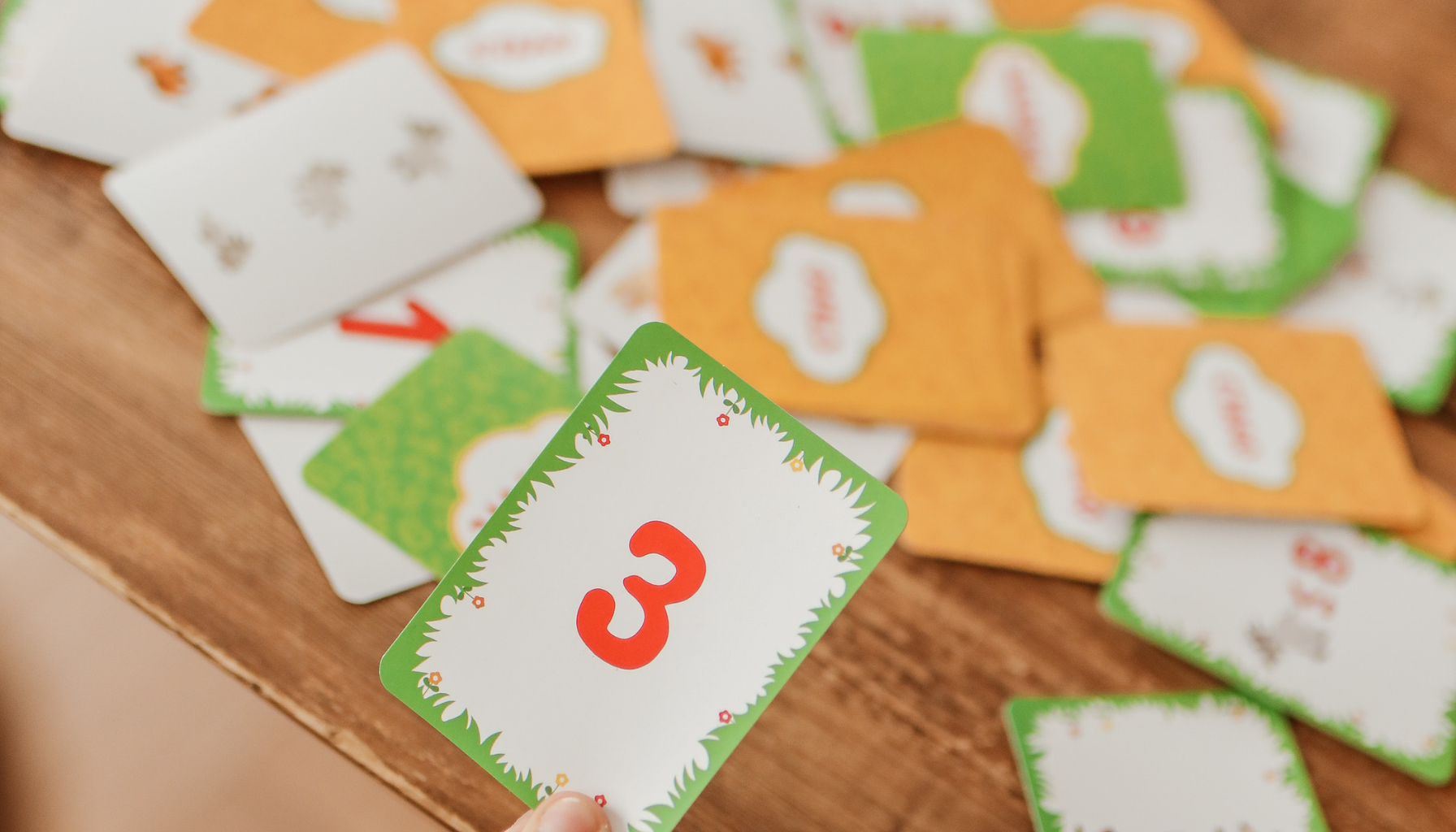If you’re a visual learner, you likely absorb information best when it’s presented in a visual format—through images, diagrams, and charts. This can be a huge advantage when it comes to studying for exams, as long as you know how to leverage your learning style. In this article, we’ll explore study tips for you, visual learners to ace your exams and improve your memory.
How to Study if You’re a Visual Learner
Being a visual learner means that traditional study methods, like reading long blocks of text, might not work as well for you. Instead, you benefit from more visual techniques. Here are some effective ways to study if you’re a visual learner:
1. Create Visual Study Aids
Visual learners thrive on seeing information, so creating study aids like diagrams, mind maps, and charts can make a huge difference. When reviewing your notes, try converting them into visual representations. For example, use flowcharts to break down processes or timelines to track events in history. The more you can visualize the material, the better you’ll understand and retain it.
Tip: Use color-coding when organizing your notes to help differentiate between topics or subjects. Highlighters and sticky notes can also help you quickly identify key information.
2. Use Flashcards with Images
Flashcards are a powerful tool for visual learners. While they are often used for memorizing definitions or vocabulary, adding images to your flashcards can take your learning to the next level. For example, if you’re studying biology, include a picture of a cell along with the cell structure names. The image will help reinforce the material in your mind.
Tip: There are many online tools and apps that allow you to create digital flashcards, which can be more convenient and fun for studying.
3. Watch Educational Videos
Since you learn best through visuals, watching educational videos on platforms like YouTube or TED Talks can be an effective way to supplement your study materials. Whether it’s a tutorial on a math concept or a documentary on a historical event, videos help bring your study material to life.
Tip: Pause the video when necessary to take notes or create diagrams based on what you’re watching. This helps reinforce the information visually while engaging other learning methods.
4. Make Use of Mind Maps
Mind maps are an excellent way to visualize connections between ideas. They are particularly helpful for subjects that involve a lot of complex information. You can start with the main topic in the center and branch out with related concepts. The use of colors, images, and lines makes it easier for visual learners to grasp how topics are interconnected.
Tip: You can create mind maps digitally using apps or by hand with markers and paper. Choose the method that feels most natural to you.
5. Turn Text into Images
For subjects that require a lot of reading, you can convert the text into visual formats. For example, when studying literature or history, try drawing symbols or creating a timeline to represent key events or characters. This will help you visualize the material, making it easier to recall during exams.
Tip: You don’t need to be an artist to create visual representations—simple sketches or even stick figures can be enough to trigger your memory.
How Do Visual Learners Memorize?
Visual learners memorize by associating information with images or visual cues. Here are some strategies to help visual learners improve their memorization skills:
1. Visualize Concepts
When learning new material, create a mental image of the concept or event in your mind. For instance, if you’re studying historical events, picture the scene in your head as if you were there. The more detailed and vivid the image, the better you’ll remember it during the exam.
Tip: Pair abstract concepts with specific images to make them more memorable. For example, if you’re learning about different economic systems, imagine each system as a different type of building (capitalism as a marketplace, socialism as a government office, etc.).
2. Use Mnemonic Devices
Mnemonics can be incredibly helpful for visual learners. Create acronyms or rhymes, and pair them with images to make them easier to remember. For example, you can use the acronym ROYGBIV to remember the colors of the rainbow, and visualize a rainbow in your mind every time you use it.
Tip: You can also create visual stories where each element of what you’re trying to remember is part of a narrative. This adds layers of meaning and makes recall easier.
3. Group Information into Visual Categories
When studying, break information down into categories and create a visual representation of these groups. For example, if you’re studying vocabulary for a foreign language, group words by topic (e.g., food, travel, emotions) and associate each group with an image or color.
Tip: Use visual hierarchies, like charts or diagrams, to group and organize information for quicker recall.
Final Thoughts: Visual Learners, Ace Your Exams with These Study Tips!
If you’re a visual learner, understanding how to tailor your study habits to your strengths can make a big difference in your exam performance. By using visual aids, flashcards, videos, and mind maps, you can better retain and recall information. Most importantly, remember that everyone learns differently, and these strategies can help you make the most of your unique learning style.
At Gold Star Education, we understand the importance of personalized learning approaches. As the best Cambridge and IB learning center in Jakarta, we are dedicated to providing tailored support for students with different learning styles, helping them succeed academically. Whether you’re preparing for your next big exam or need extra guidance, we’re here to help!
Click here to learn more about how we can support your academic journey.
And don’t forget to follow @goldstareducation on Instagram for more study tips, academic advice, and updates on our programs!
By:
Felicia G






0 responses on "Visual Learners, Here’s How to Ace Your Exams with These Study Tips"